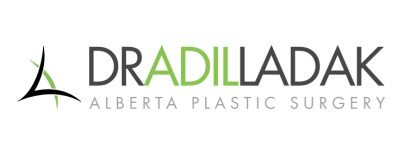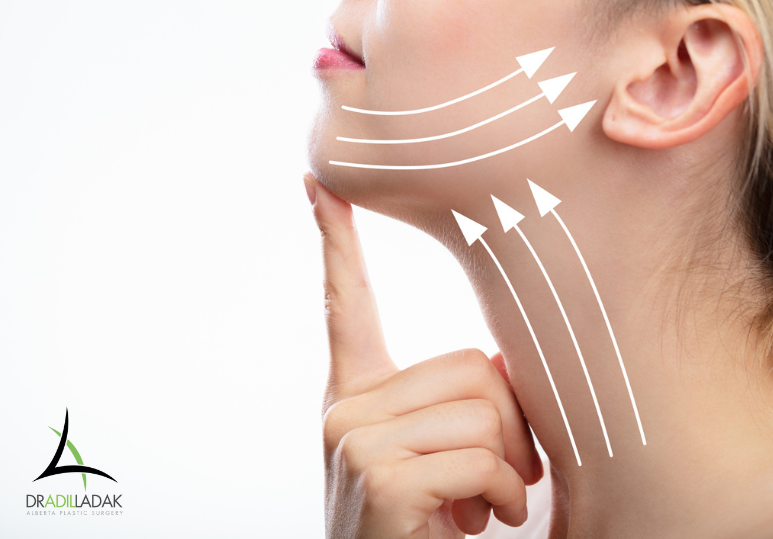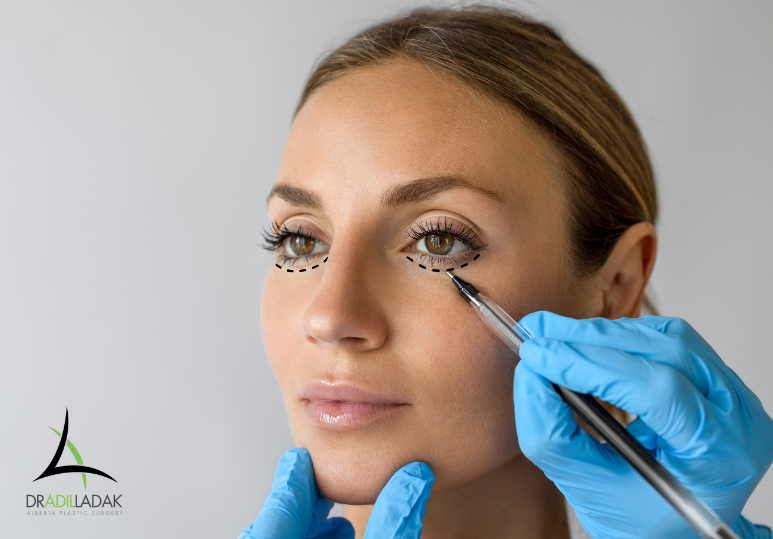Undergoing a facelift is a transformative experience, offering the promise of a refreshed, more youthful appearance. However, it's crucial to remember that the road to achieving these results doesn't end in the operating room. In fact, it's only just beginning. The post-facelift recovery phase is a crucial period that deserves attention and care to ensure you achieve the best possible outcome while navigating it with comfort and confidence.
In this comprehensive guide, we will take a deep dive into the process of recovering from a facelift surgery with a compassionate and thorough approach. We'll explore key aspects of this journey, providing you with insights, tips, and support to make your post-facelift recovery as smooth and successful as possible. To help you better understand this process, we'll discuss three fundamental aspects: the recovery timeline, managing post-surgery discomfort, and sustaining your rejuvenated look for the long term.
Understanding the Recovery Timeline
To embark on a successful recovery journey, it's essential to have realistic expectations and a good grasp of the recovery timeline:
- Immediate Post-Op: Right after surgery, it's entirely normal to experience some facial swelling, bruising, and a sensation of tightness. These are natural responses to the procedure and should subside within a few days.
- Week 1-2: Most patients can resume their daily routines within a week or two. However, it's crucial to adhere to your surgeon's guidelines regarding physical activities and skincare during this phase.
- Weeks 3-6: As time progresses, you'll notice a continued reduction in swelling and bruising, and your final results will begin to take shape. At this stage, you might feel more comfortable about re-engaging in social activities.
- Months 3-6: By this time, the majority of the swelling should have disappeared, and your face will be gradually settling into its rejuvenated contours. Additionally, the surgical scars will continue to fade.
- Beyond 6 Months: Your ultimate results will become fully apparent, allowing you to fully enjoy your revitalized appearance. To maintain these results, it's essential to practice proper care and maintenance.
To ensure a smooth recovery process, it's imperative to adhere diligently to your surgeon's post-operative instructions. These instructions may include recommendations for skincare, dietary restrictions, and medication schedules.
Managing Discomfort
Experiencing discomfort after a facelift is a normal part of the recovery process, but there are several strategies to help you manage it effectively:
- Pain Medication: Your surgeon will likely prescribe pain medications to alleviate any discomfort. It's crucial to take these medications as directed and to communicate with your surgeon if you experience severe pain or unexpected side effects.
- Cold Compresses: Applying cold compresses to your face can be remarkably soothing, helping to reduce swelling and provide relief from discomfort. Ensure you use a clean cloth or a cold pack wrapped in a thin towel to avoid direct contact with your skin.
- Elevation: Keeping your head elevated, even while sleeping, can significantly reduce swelling and promote a smoother recovery. You might find it helpful to use extra pillows to achieve a comfortable sleeping position.
- Rest and Relaxation: Rest is vital during the early stages of recovery. Avoid strenuous activities and prioritize relaxation to facilitate your body's natural healing process.
- Nutrition and Hydration: Consuming a balanced diet rich in vitamins and minerals can aid in supporting your body's healing process. Staying adequately hydrated helps flush out toxins and reduces swelling.
- Avoid Tobacco and Alcohol: Smoking and excessive alcohol consumption can slow down the healing process and increase the risk of complications. It's highly advisable to steer clear of these substances during your recovery period.
- Maintaining Long-Term Results: Achieving a smooth recovery is only part of the equation; preserving the longevity of your facelift results is equally vital. Here are some strategies to ensure that your refreshed appearance stands the test of time:
- Sun Protection: Shield your newly rejuvenated skin from the sun's harmful UV rays. Incorporate daily sunscreen use, wear wide-brimmed hats, and seek shade when outdoors.
- Embrace a Healthy Lifestyle: Continue to live a healthy life that includes a balanced diet, regular exercise, and effective stress management. These factors contribute not only to your overall well-being but also to the preservation of your facelift results.
- Follow-up Appointments: Attend all scheduled follow-up appointments with your surgeon. These visits allow your surgeon to assess your progress, address any concerns, and provide guidance on skincare and long-term maintenance.
- Skincare Routine: Establish a consistent skincare routine using gentle products recommended by your surgeon. Proper skincare can enhance and maintain your facelift results.
Embarking on the journey of a facelift surgery is an exciting endeavor, but it's essential to recognize that the path to your desired outcome doesn't end with the procedure itself. The post-facelift recovery phase is a crucial part of the process, requiring patience, self-care, and support.
By understanding the recovery timeline, effectively managing any discomfort, and committing to long-term self-care and maintenance, you can ensure a smooth healing process and fully enjoy the benefits of your facelift. Keep in mind that everyone's journey is unique, so maintaining open communication with your surgeon and adhering to their guidance is essential for achieving the best possible results.
With compassion and proper care, you can look forward to a refreshed and more youthful appearance that not only meets but exceeds your expectations, standing as a testament to your journey toward self-confidence and rejuvenation.
Written on behalf of Alberta Plastic Surgery.
FAQ
Q: How long does the post-facelift recovery process take?
A: Recovery times vary, but most return to daily routines within weeks, with full results taking several months.
Q: How can I manage swelling and discomfort after a facelift?
A: Use prescribed pain meds, cold compresses, elevate your head, rest, hydrate, and follow your surgeon's diet advice.
Q: How can I ensure long-term facelift results?
A: Use sunscreen and hats for sun protection, maintain a healthy lifestyle, attend follow-up appointments, and establish a skincare routine with recommended products






